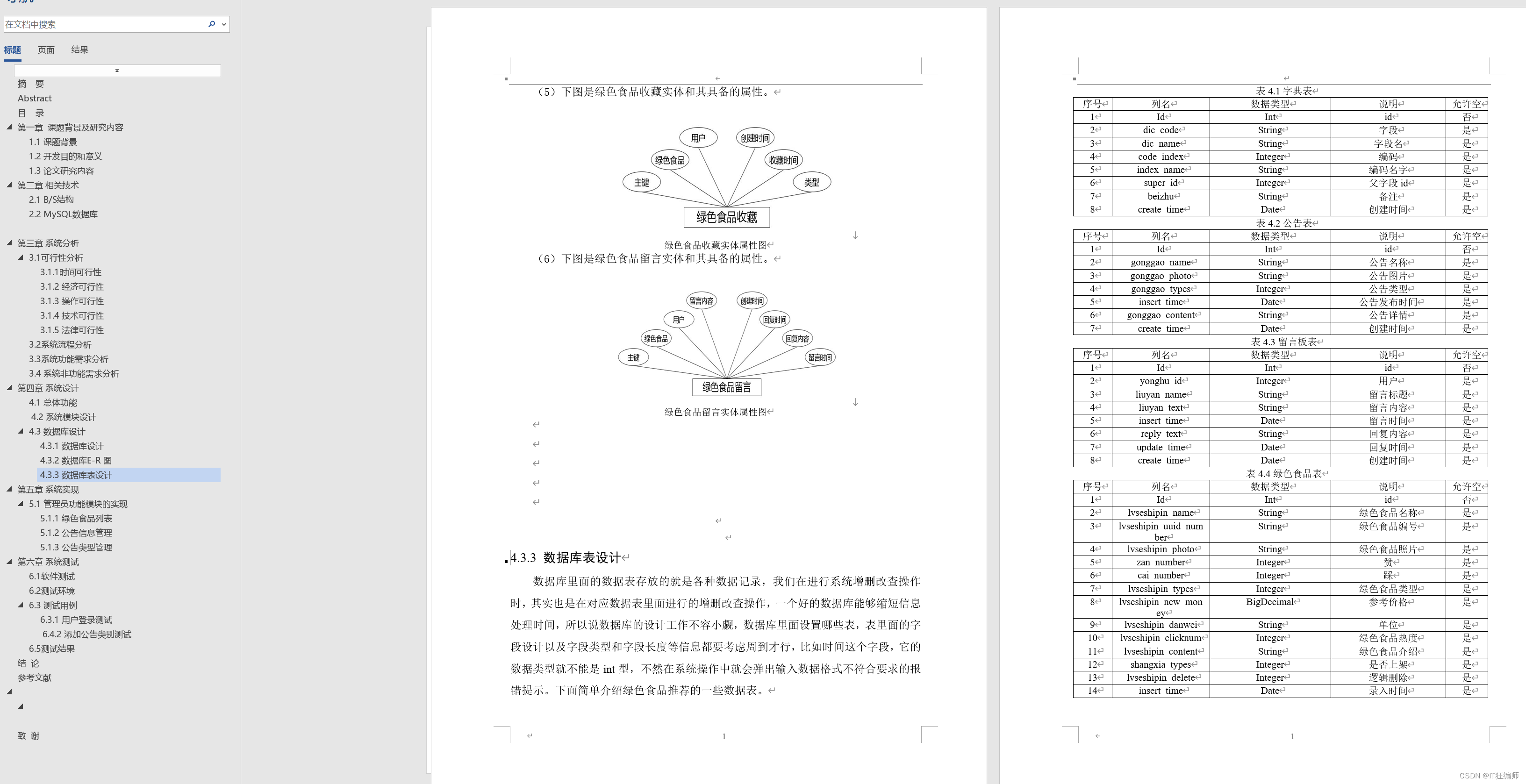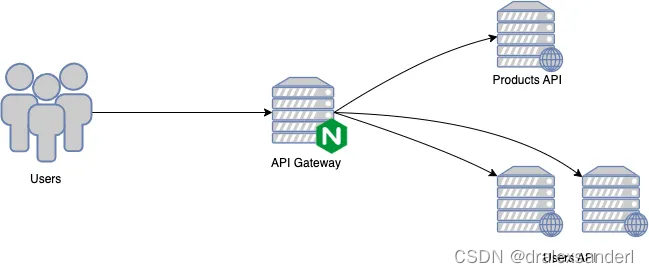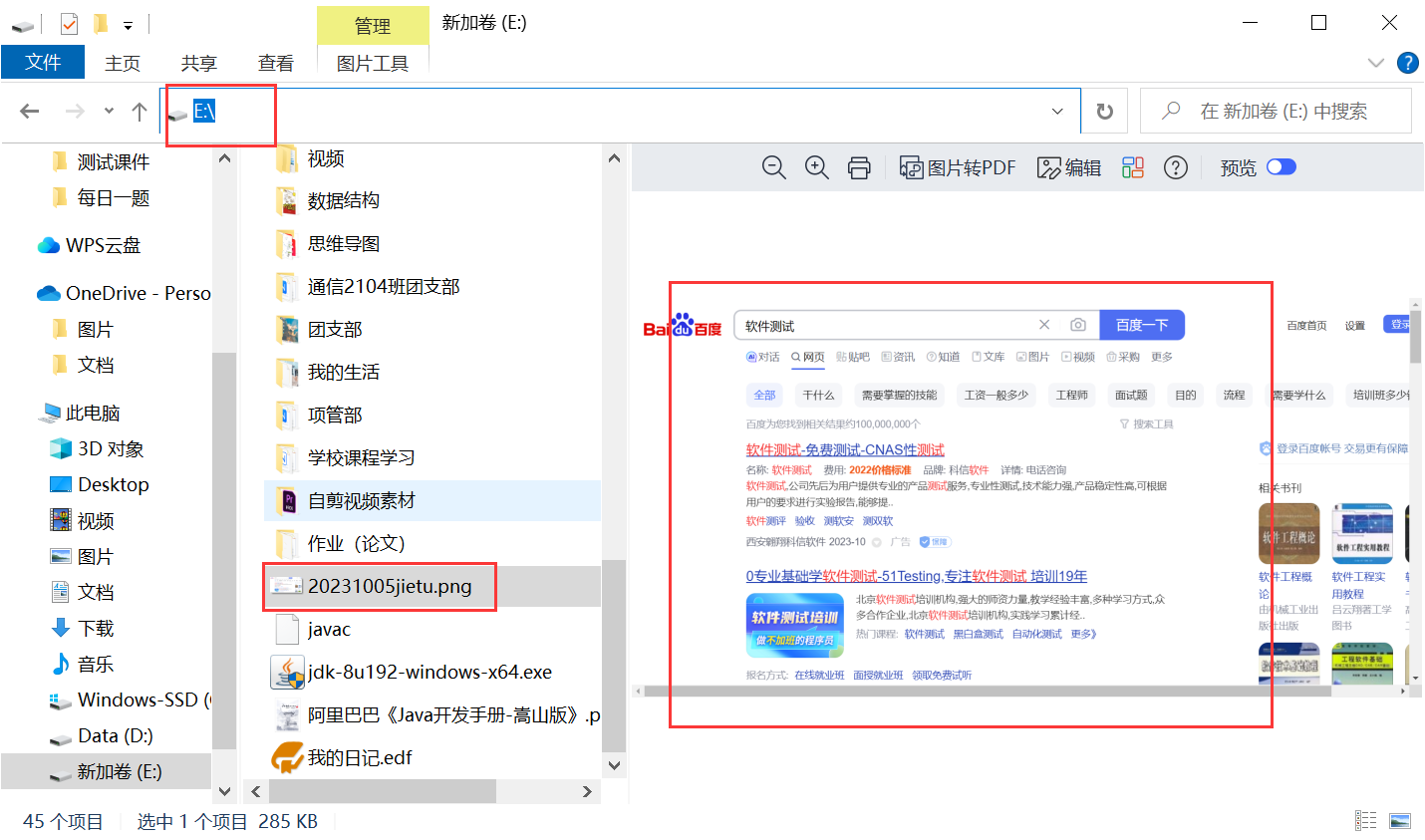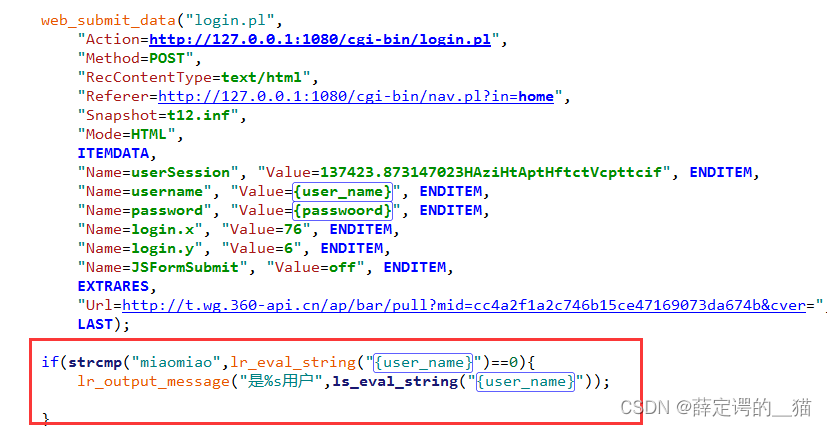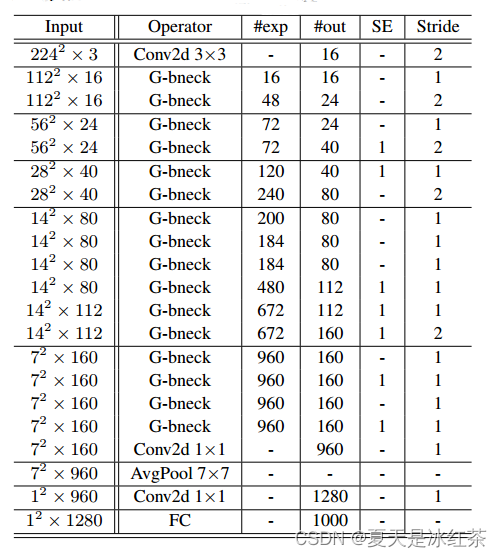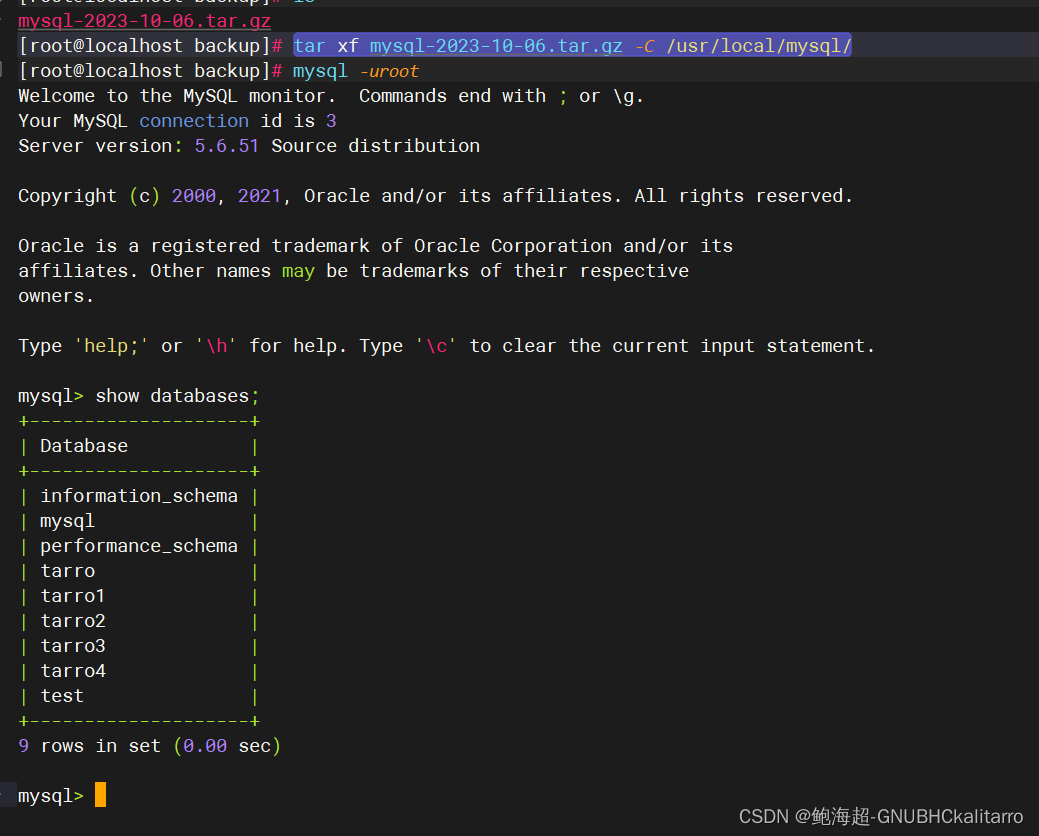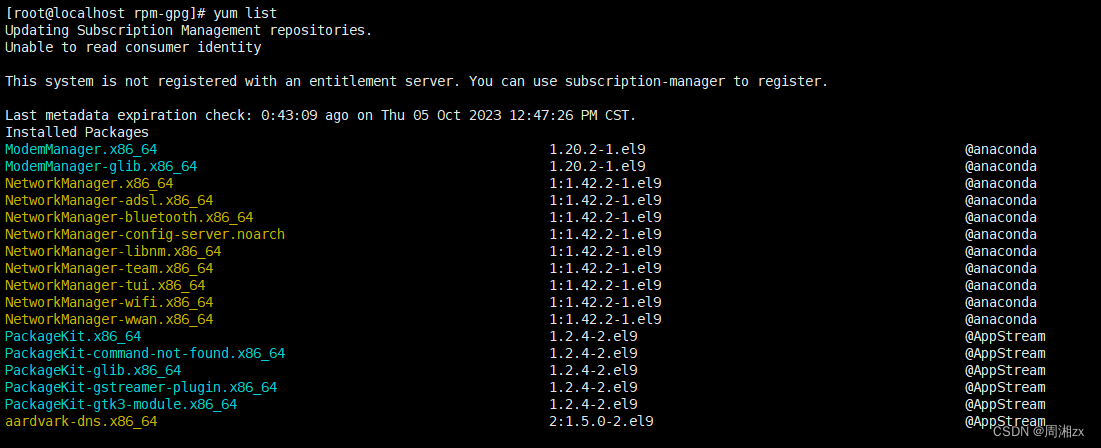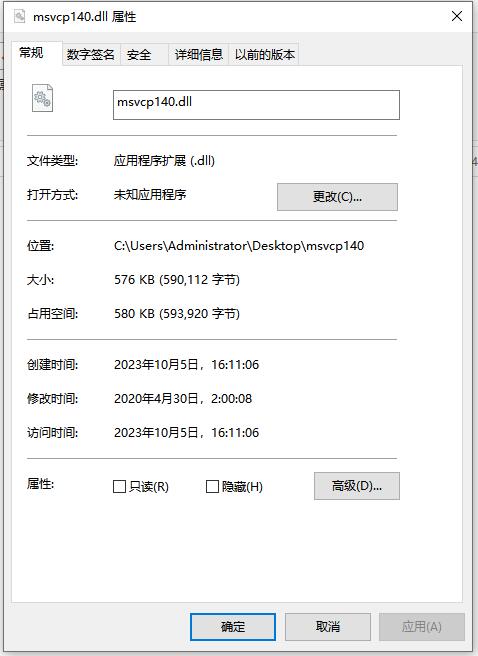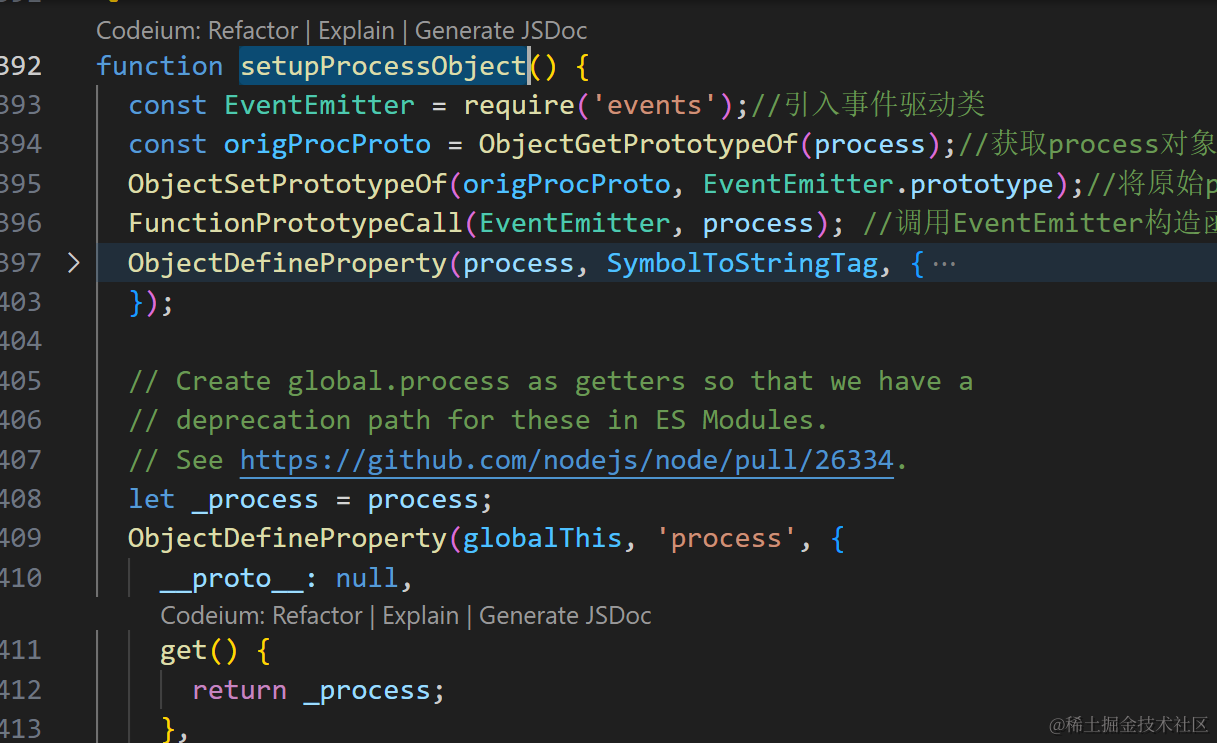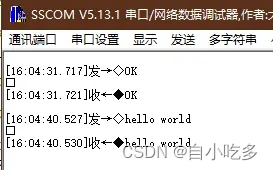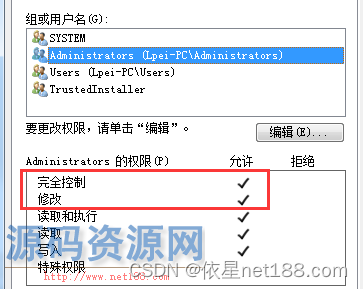一、多线程的用途
在介绍多线程的方法之前首先应当知道什么是多线程, 在一个进程内部可以执行多个任务,而这每一个任务我们就可以看成是一个线程。是程序使用CPU的基本单位。进程是拥有资源的基本单位, 线程是CPU调度的基本单位。多线程的作用不是提高执行速度,而是为了提高应用程序的使用率。我们程序在运行的使用,都是在抢CPU的时间片(执行权),如果是多线程的程序,那么在抢到
CPU的执行权的概率应该比较单线程程序抢到的概率要大.那么也就是说,CPU在多线程程序中执行的时间要比单线程多,所以就提高了程序的使用率.但是即使是多线程程序,那么他们中的哪个线程能抢占到CPU的资源呢,这个是不确定的,所以多线程具有随机。
多线程就好比在等待水开的同时看报纸,而不是等水开了再开始看报纸。多线程是为了同步完成多项任务,而是为了提高资源使用效率来提高系统的效率。(这个例子并不是很恰当,可以简单理解为水开和看报纸交替执行,交替的速度极快,进而可以看作是两个任务同时执行的)。
二、常用多线程的方法
1、Thread类
using System;
using System.Collections.Generic;
using System.Linq;
using System.Text;
using System.Threading;
using System.Threading.Tasks;
namespace 线程test1005
{
class Program
{
static void Main(string[] args)
{
for (int i = 0; i < 300; i++)
{
Console.Write(1);
}
Thread t1 = new Thread(() =>
{
for (int i = 0; i < 300; i++)
{
Console.Write(2);
} });
t1.Start();
for (int i = 0; i < 300; i++)
{
Console.Write(3);
}
Console.Read();
}
}
} 运行结果: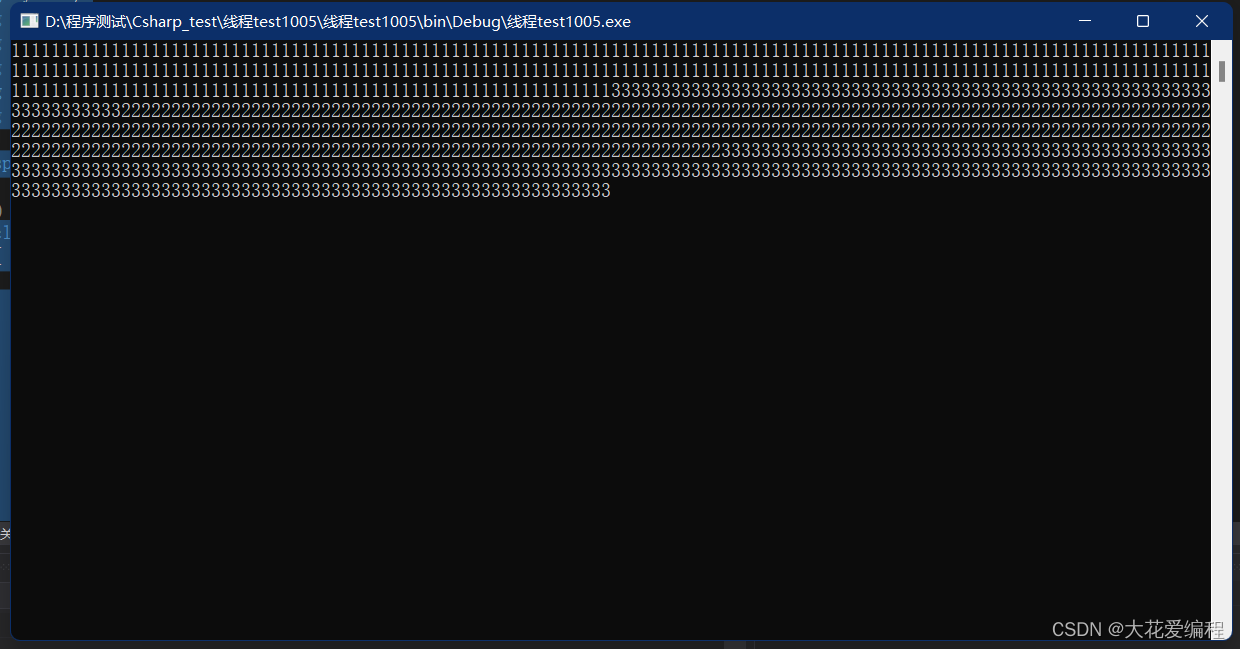
2、通过Task类(最常用的方法)
using System;
using System.Collections.Generic;
using System.Linq;
using System.Text;
using System.Threading;
using System.Threading.Tasks;
namespace 线程test1005
{
class Program
{
static void Main(string[] args)
{
for (int i = 0; i < 300; i++)
{
Console.Write(1);
}
Task t1 = new Task(() =>
{
for (int i = 0; i < 300; i++)
{
Console.Write(2);
} });
t1.Start();
for (int i = 0; i < 300; i++)
{
Console.Write(3);
}
Console.Read();
}
}
}运行结果:
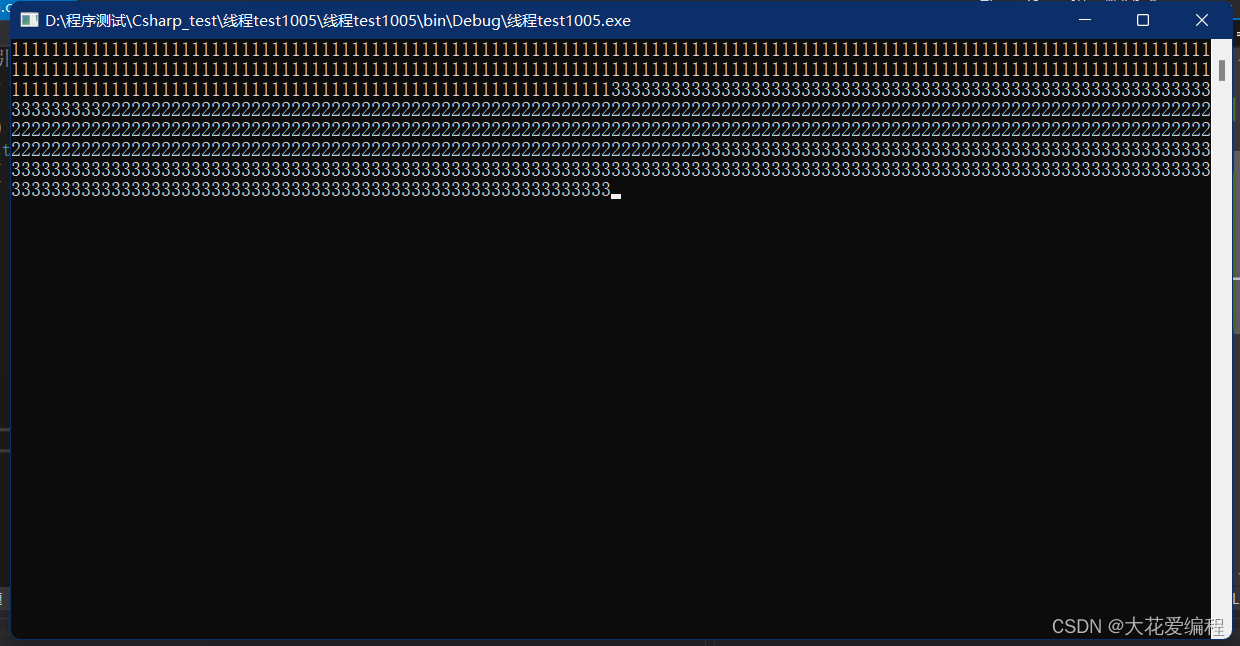
在C#中多线程的方法主要就是Task方法,效率高,速度快。
提示:本人准备建立一个技术交流群,会将日常学习工作中遇到的问题和解决方案进行分享,同时也会将代码和学习资料上传进去,有什么不懂的问题可以咨询我!+v:SJS66-12
生活所迫打个广告,本人也代购莆田鞋,不是中间商,工厂直接取货,价格优惠质量保证,都是我自己前去挑选,可以视频选购验货!!希望大家支持!!!赚点生活费!!!+v:SJS66-12
3、线程池ThreadPool类
using System;
using System.Collections.Generic;
using System.Linq;
using System.Text;
using System.Threading;
using System.Threading.Tasks;
namespace 线程test1005
{
class Program
{
static void Main(string[] args)
{
ThreadPool.QueueUserWorkItem(new WaitCallback(TestThreadPool), new string[] { "test" });
for (int i = 0; i < 300; i++)
{
Console.Write(2);
}
Console.ReadKey();
}
public static void TestThreadPool(object state)
{
string[] arry = state as string[];//传过来的参数值
int workerThreads = 0;
int CompletionPortThreads = 0;
for (int i = 0; i < 300; i++)
{
Console.Write(1);
}
ThreadPool.GetMaxThreads(out workerThreads, out CompletionPortThreads);
Console.WriteLine(DateTime.Now.ToString() + "---" + arry[0] + "--workerThreads=" + workerThreads + "--CompletionPortThreads" + CompletionPortThreads);
}
}
}
运行结果:
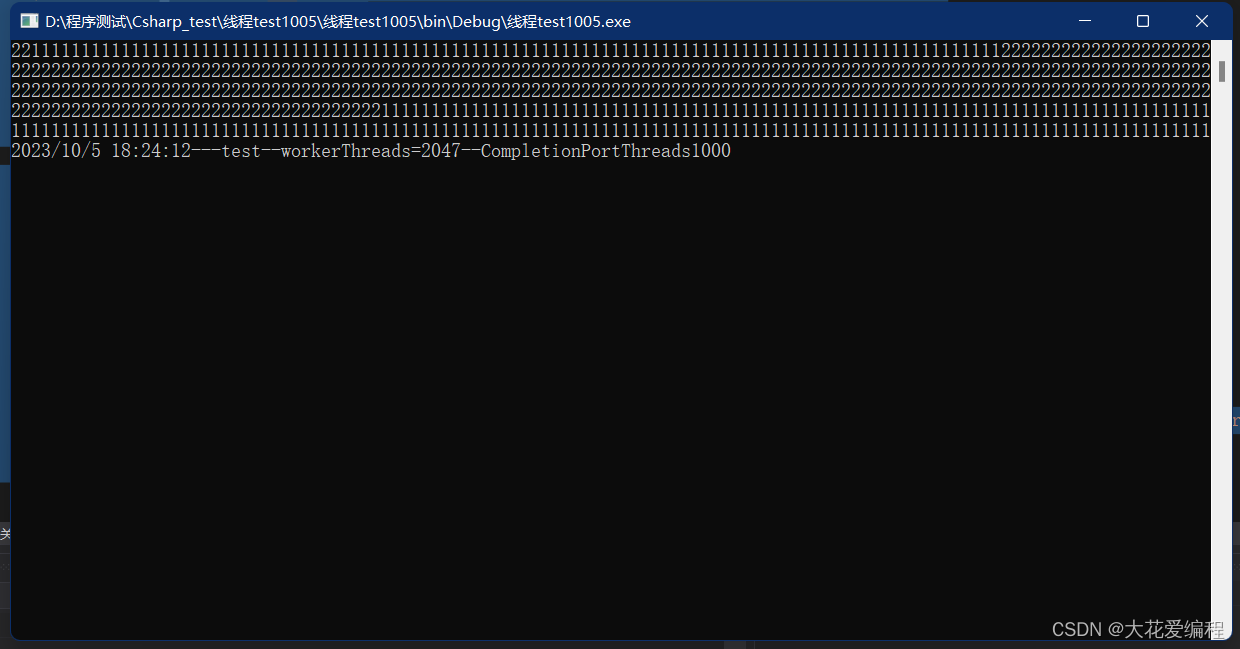
4、通过begininvoke方法
using System;
using System.Collections.Generic;
using System.Linq;
using System.Text;
using System.Threading;
using System.Threading.Tasks;
namespace 线程test1005
{
class Program
{
static void Main(string[] args)
{
Action a = teat;
a.BeginInvoke(null, null);
for (int i = 0; i < 300; i++)
{
Console.Write(2);
}
Console.ReadKey();
}
static void teat()
{
for (int i = 0; i < 300; i++)
{
Console.Write(1);
}
}
}
}
运行结果:
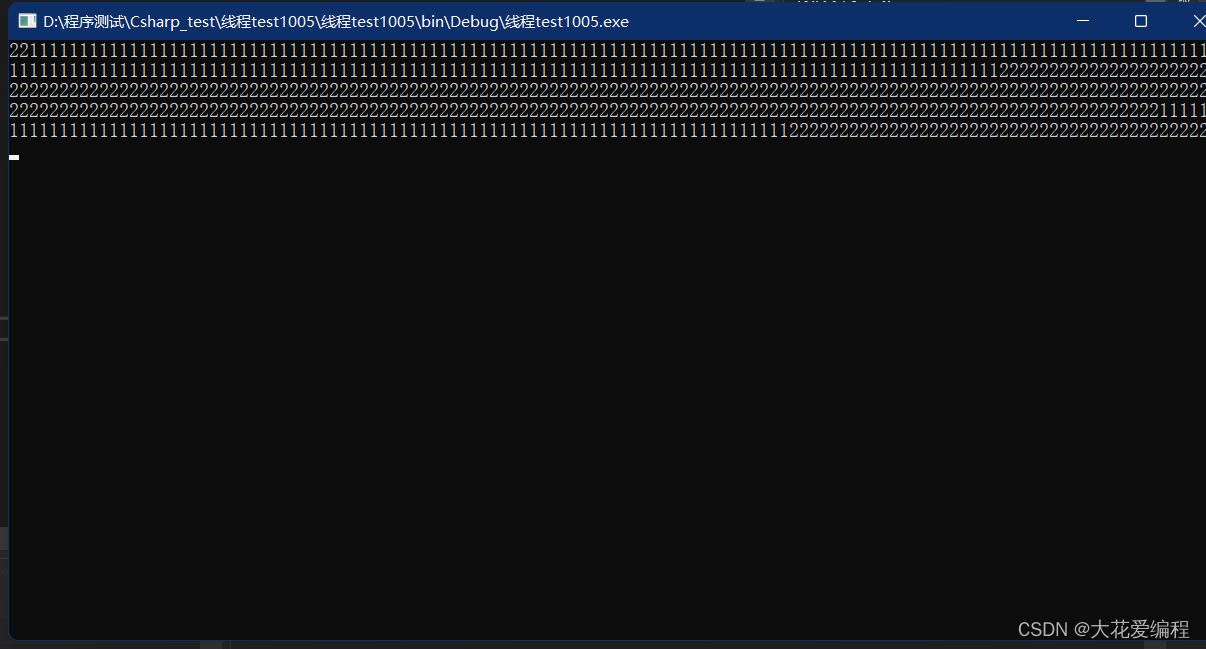
5、async和await方法
using System;
using System.Collections.Generic;
using System.Linq;
using System.Text;
using System.Threading;
using System.Threading.Tasks;
namespace 线程test1005
{
class Program
{
static void Main(string[] args)
{
test();
for (int i = 0; i < 300; i++)
{
Console.Write(3);
}
Console.Read();
}
public static async void test()
{
for (int i = 0; i < 300; i++)
{
Console.Write(1);
}
await Task.Run(()=> {
for (int i = 0; i < 300; i++)
{
Console.Write(2);
}
});
}
}
}
运行结果:
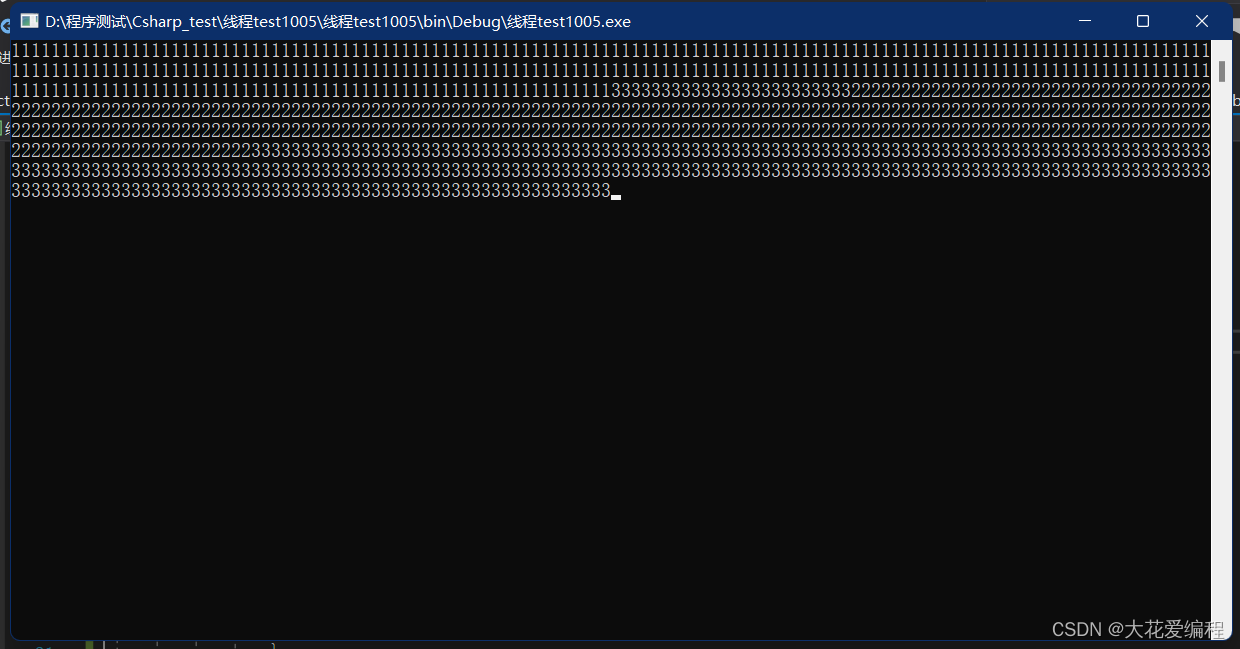
本文介绍这几种C#中开启多线程的方法,在后续学习中,会对每一种线程方法进行更深一步的介绍,希望大家多多关注。

